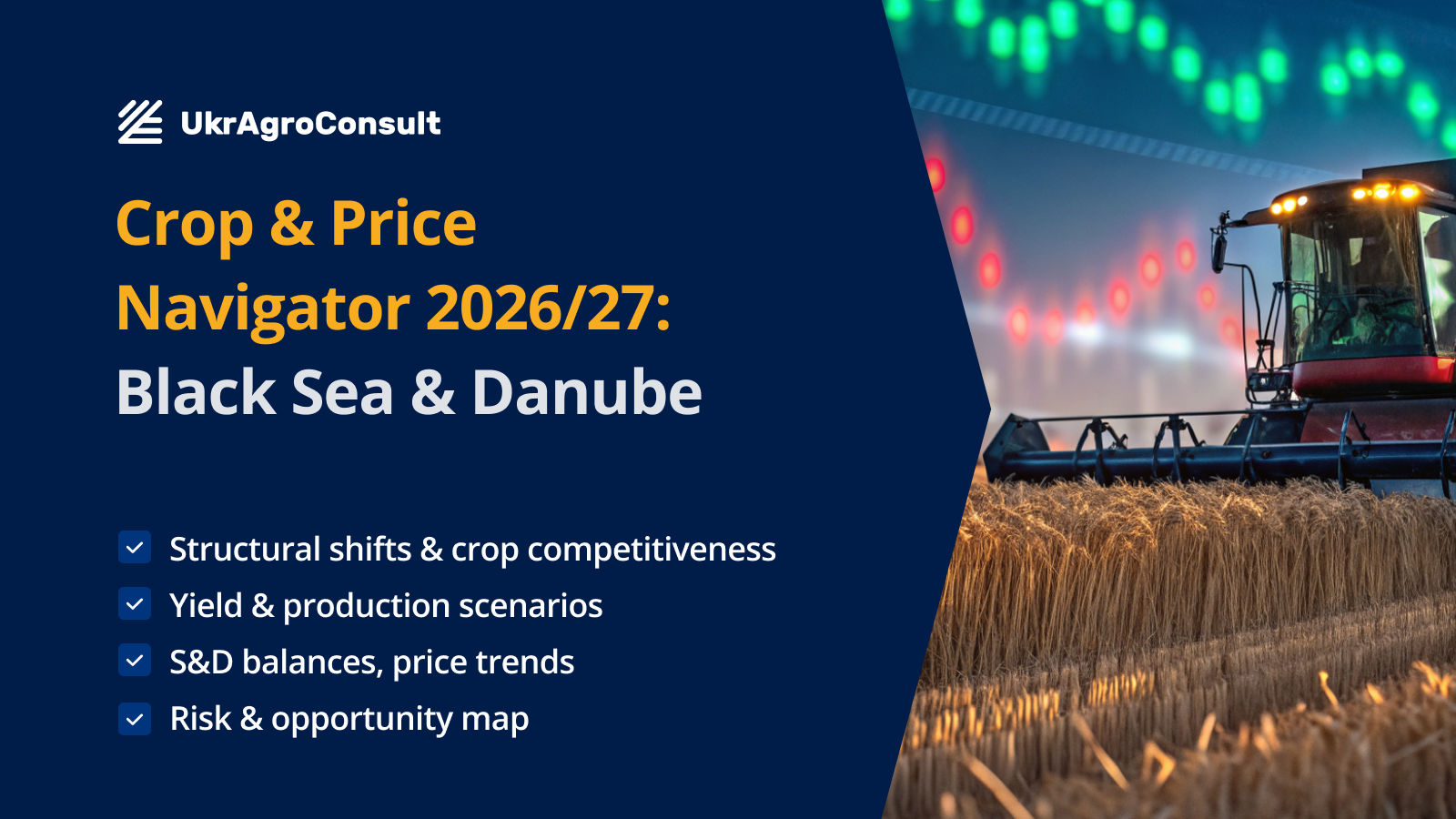Share of poultry meat in global consumption will reach 45% in ten years

The joint OECD and FAO report forecasts global meat consumption will grow by 47.9 million tons between 2025 and 2034, with an annual per capita increase of 0.9 kg in edible retail weight. Poultry meat will lead this expansion, driven by its low cost, favorable nutritional profile, and smaller environmental footprint. By 2034, it will account for 45% of the meat protein consumed worldwide.
Asia and Latin America will boost production
Global meat production will reach 406 million tons in 2034, 13% more than in the base period. Asia will account for 55% of the growth, led by China, India, and Vietnam. Latin America will strengthen its position thanks to its advantages in land, feed, and genetics. Poultry meat will be the main driver of the increase, with a growth of 28.5 million tons.
Demands for sustainability and animal welfare are growing
In high-income countries, concerns about animal welfare, health, and the environment are slowing per capita consumption of meat, especially beef and pork. This trend has consolidated the preference for poultry, perceived as more sustainable and healthier.
In Canada and the EU, total per capita consumption is projected to stagnate or even decline.
Productivity improves, but emissions continue to rise
Improvements in reproductive efficiency, slaughter weight, and yield will allow production to increase without increasing emissions. Even so, greenhouse gas emissions associated with meat production are expected to grow by 6%, compared to a 13% increase in total production.
Beef will continue to be the largest source of carbon emissions, although advances in genetics, nutrition, and livestock management will moderate its impact.
China reduces its weight as an importer
China’s share of global meat imports is expected to fall from 20% to 16% by 2034 , transforming trade flows.
This reduced dependence has reduced pork production in the main exporting countries. Even so, global exports are expected to grow again after two years of decline and reach 40.2 million tons in 2024, with Brazil and Australia breaking records.
Price divergence between ruminants and non-ruminants
Nominal beef and lamb prices will rise in the short term due to the slow recovery of inventories. On the other hand, pork and poultry prices will fall due to increased supply and weaker Chinese demand.
In the medium term, real prices for all meats will tend to decline, driven by productivity improvements and lower feed costs.
Biosecurity and climate change, key risks for the sector
The report warns about the impact of outbreaks such as African swine fever, avian influenza, and foot-and-mouth disease, which continue to affect production and trade. It also warns that climate policies, carbon taxes, and restrictions on antibiotic use could increase operating costs and affect the competitiveness of the global meat sector.
For almost 30 years of expertise in the agri markets, UkrAgroConsult has accumulated an extensive database, which became the basis of the platform AgriSupp.
It is a multi-functional online platform with market intelligence for grains and oilseeds that enables to get access to daily operational information on the Black Sea & Danube markets, analytical reports, historical data.
You are welcome to get a 7-day free demo access!!!
Read also
Official Release – December 17th! Crop & Price Navigator 2026/27
Ukraine’s harvest nears completion: Total grain output exceeds 56 mln tons
Wheat heads for worst week since June on global oversupply
‘Soybean GPT’ lands South Korea’s agriculture ministry in awkward situation
Thailand purchases 65 thsd tons of Argentine feed wheat
Write to us
Our manager will contact you soon



